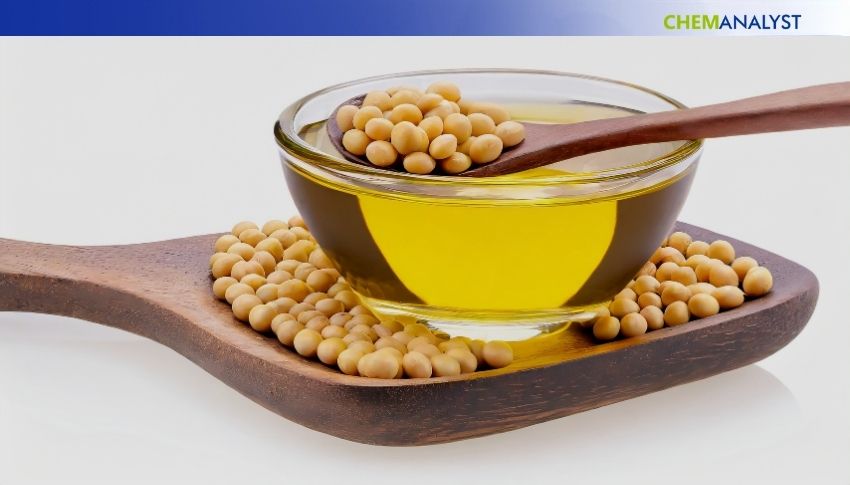Welcome To ChemAnalyst

Soy lecithin prices in the Netherlands are expected to continue falling throughout July 2025 and possibly beyond, owing to excess supply, weak demand, and intense global competition. With steady imports from Brazil and the U.S. amid high crushing activity, domestic inventories remain elevated. Dutch buyers are curtailing purchases based on weak downstream demand from the food, feed, and cosmetic industries. Exporters indicate no sign of reducing output, while EU regulatory pressures impose more pressure. Except for a rebound in Q3 demand, prices will most likely continue low. The sentiment remains bearish, with only limited stabilization later in the year.
Soy lecithin prices throughout the Dutch market are poised to see another downward trend throughout the rest of July supported by various interconnected factors such as higher supplies, weaken purchasing sentiments along with reduced trade momentum. Further, market experts state that, if trends continue, in the forthcoming months on the back of a continuing oversupply situation, soft downstream demand, and rising global price competition.
Traders and processors in the Netherlands report that soy lecithin prices, which were already weakening in late Q2 as a result of elevated carryover stocks and poor buying demand, have not improved in July 2025. Processors and traders attribute the low soy lecithin prices to minimal buying momentum from major consumer sectors like food emulsifiers, animal feed, and nutraceuticals. This trend has been further fueled by the introduction of competitively priced soy lecithin cargoes from the United States and Brazil, as lecithin extraction in these countries has been operating at maximum capacity owing to record soybean crushing volumes.
From the supply side, soybean and soy lecithin derivative availability is still in abundance throughout the European continent. Better post-pandemic logistics and declining freight rates have also continued to ease imports into Rotterdam and Amsterdam ports of the Netherlands. With soy lecithin stocks at high levels and minimal drawdowns by buyers, distributors are now forced to sell stocks at cut prices to eliminate warehousing expenses and avoid liquidity squeeze.
Globally, market fundamentals for soy lecithin have also been weakened. Key Asian buyers have cut contract volumes amidst a transition to alternative plant-based emulsifiers, while EU regulatory resistance to genetically modified soy has stifled premium-grade soy lecithin sales. This is compounded by currency volatility and more general uncertainty in global agricultural trade flows.
The forward outlook for soy lecithin remains negative. Some Dutch players expect that if no major surge in downstream demand is seen—especially from the confectionery and personal care industries at the end of Q3—soy lecithin prices may persist at multi-quarter lows. Moreover, analysts caution that macroeconomic conditions like decelerating GDP growth in the Eurozone may further restrict industrial demand.
Exporters, particularly in South America, also appear little interested in reducing soy lecithin production in the near future, indicating extended competition and ongoing pricing pressure. Market analysts suggest that only strategic stockpiling before Q4 seasonal demand could stabilize the soy lecithin market trend.
In conclusion, amid abundant supply, muted demand, and global headwinds, soy lecithin prices in the Netherlands are anticipated to remain on a bearish path throughout July and into the foreseeable future.
We use cookies to deliver the best possible experience on our website. To learn more, visit our Privacy Policy. By continuing to use this site or by closing this box, you consent to our use of cookies. More info.
